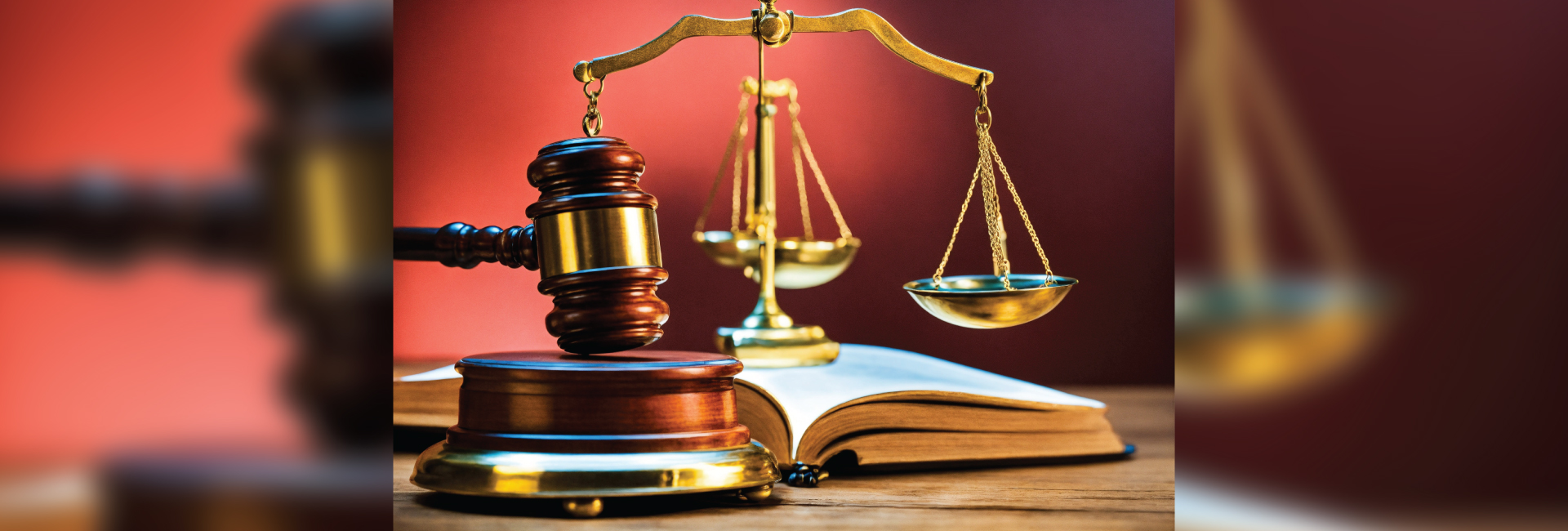INSOLVENCY & BANKRUPTCY CODE
Earlierin May, the Supreme Court rejected the resolution plan by JSW Steel for Bhushan Power and Steel,and directed liquidation of the company. MS Sahoo,first chairperson of the IBBI, explains various provisions of the Insolvency and Bankruptcy Code under which immunity is granted to a corporate debtor for past offences
Prof. M. S. Sahoo
Distinguished Professor (Honorary)
School of Legal Studies and Governance

What is the Clean Slate Theory?
The Clean Slate theory embodies the principle that, upon approval of a resolution plan under the Code, the corporate debtor (CD) is relieved of its past liabilities, enabling it to make a fresh start.
This principle operates in two key ways:
1. Under Section 31(1), all claims not included in the approved resolution plan are extinguished.
2. Under Section 32A, the CD is granted immunity from prosecution and protection against attachment of its assets for offences committed before the commencement of the corporate insolvency resolution process (CIRP).
What did the apex court say
The SUPREME COURT observed a series of legal and procedural failures on the part of the resolution professional (RP), the successful resolution applicant, the Committee of Creditors (CoC), the National Company Law Tribunal (NCLT),and the National Company Law Appellate Tribunal in the approval and implementation of resolution plan of Bhushan Powerand Steel. It held that the resolution plan approved by CoC and NCLT was not in compliance with the mandatory requirements of the Insolvency and Bankruptcy Code, 2016 (Code). Given their regularities that tainted the resolution process, the Court, exercising its powers under Article 142 of the Constitution, directed the liquidation of the company.
THE CLEAN SLATE THEORY EMBODIES THE PRINCIPLE THAT UPON APPROVAL OF A RESOLUTION PLAN UNDERTHE CODE, THE CORPORATE DEBTORIS RELIEVED OF ITS PAST LIABILITIES Section 324 | IMMUNITY GRANTED TO CORPORATE DEBTOR HINGES ON APPROVAL OF THE RESOLUTION PLAN
Invoking Article 142
ARTICLE 142 HAS been invoked in several insolvency matters, primarily to avoid liquidation. In the Essar Steel case, though both resolution applicants were in eligible on the relevant date, the Court invoked Article 142 to grant them time to cure their ineligibility. One applicant did so,submitted a resolution plan,and successfully rescued the company. Again,in a case involving Jaypee Infratech,as the 270- day resolution period had lapsed before home buyers were recognised as financial creditors, the Court invoked Article 142 torestart the processa fresh. This led to the submissionand approval of a resolution plan, resulting in the company's revival.
Payments owed to the operational creditors
SECTION 30(2) OF the Insolvency and Bankruptcy Code prescribes the minimum amount that must be paid to operational creditors under a resolution plan. It further provides that the payment to operational creditors shall be made in such manner as may be specified by the CIRP Regulations. Regulation 38 of the CIRP Regulations, 2016, both before or afteritsamendment on August 16, 2019, mandates that this amount shall be paid in priority over the payments to the financial creditors. The resolution plan in this matter allegedly envisaged the financial creditors to be paid in priority over the operational creditors.
Conditions tobe fulfilled for grant of immunityunder Section 32A
SECTION 32A PROVIDES observed a that the liability of a corporate debtor (CD) for an offence committed before the commencement of the CIRP shall cease,and the CD (with successful resolution applicant, post-resolution) shall not be prosecuted for such an offence from the date the resolution plan isapproved by the National Company Law Tribunal (NCLT), if the resolution plan results in the change in the management or control of the CD. However, the individuals who were responsible for the conduct of the business of the CD and were directly or indirectly involved in the commission of such offence shall continue to be liable for prosecution and punishment. Further, no action shall be taken against the property of the CD inrelation to past offences,where such propertyis covered under an approved resolution plan that results in a change in control of the CD. This provision aims to encourage prospective resolution applicants to submit resolution plans undeterred by uncertainties surrounding the offence committed by the CD before the CIRP.
Eligibility of resolution applicants
SECTION 29A MAKES certain persons in eligible to submit resolution plans. Importantly,it extends the in eligibility to connected persons. The in eligibility is assessed as of the date of submission of the resolution plan. The law requires that the resolution applicant submit an affidavit confirming eligibility under Section 29 A along with the resolution plan. The RP is then required to verify and certify that the contents of the affidavit are in order. In this present case, the RP allegedly failed to submit the certificate.

The writer is a former chairperson of the Insolvency and Bankruptcy Board of India.
Page URL : https://vidyashilp.edu.in/wp-content/uploads/2025/06/sahoo_prof.pdf







